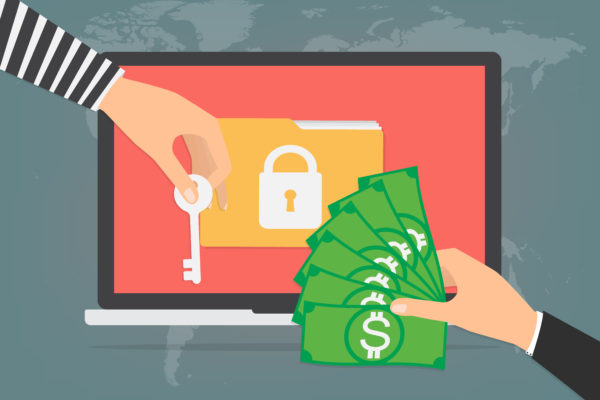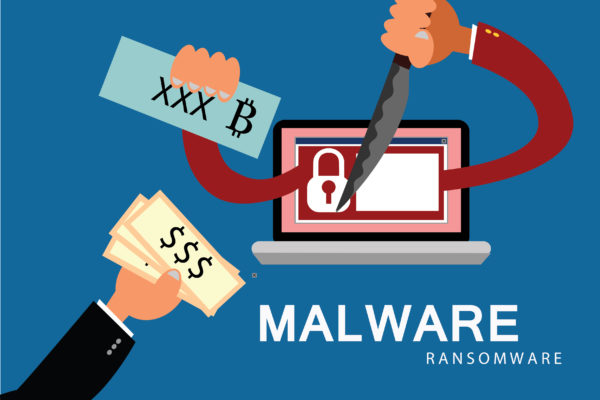Ransomware is malicious software that once lands on your organization’s network, is bound to attack all connected systems and render them useless. This ransomware software encrypts important sensitive data stored on your systems and denies you access – in turn, these cyber criminals ask you to pay a ransom for data security and retrieval.
A study showed that major companies admitted that they will be willing to pay the amount in order to protect their data. The ransom amount could be as high as millions of dollars, considering how big of a company they have attacked. Cyber criminals have monetized ransomware attacks, and they pull out salaries as high as $100,000. It’s an entire market that is flourishing because victims are willing to pay the handsome ransom amount for ransomware recovery. This is because severe data breach of their organization’s very sensitive information that could include client’s data, bank details, marketing plans, different strategies to increase sales, revenue records, customer’s data and different types of data, depending on the company.
Although security experts advise not to pay the criminals as in most cases the data never gets decrypted. Taking the example of FedEx, when attacked they refused to get their data secured and ended up paying $300 million in re-building their systems from scratch.
Now that we know what big threat ransomware attacks are, ransomware recovery is a must- a necessity. Although it is impossible to have 100% security, some of the files are bound to be lost or corrupted by ransomware, but it is better to be safe than sorry.
On the Clock Vulnerability Tests
Keep a check on any loopholes in your security system as these cyber criminals target any vulnerabilities present in a popular software. Also, any vulnerabilities present should always be updated and solved to deny any access to ransomware attacks – cross check with your network, making sure the data is updated across the platform.
Recovery and Backup
Since complete reliance on cyber security systems is not the best choice, having reliable backups and ransomware recovery plans is advised. So when an attack takes place, the systems can be restored to the earliest backup, reducing the damage and resistance in business activities by a large margin.
Security Awareness Workshops
One of the most common tricks used by cyber criminals is phishing attacks. This could be a disguised email, a suspicious link or even a fake identical browser. Employees that are unaware of phishing attacks, could click on them and have their system infected. This is that opening criminals were looking for, as the ransomware attack could spread across the entire network. So have proper security awareness workshops, and educate employees on cyber attacks and prevention measures.
Incorporating cutting-edge attack learning tools
Attack prevention tools can only do so much with the information they already possess. Security tools and software need to have intelligence in learning the behaviors of smart malwares in order to provide refined safety. Artificial intelligence and machine learning should be incorporated within the network security software.



